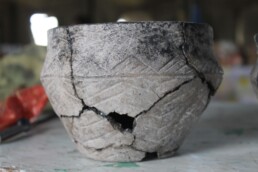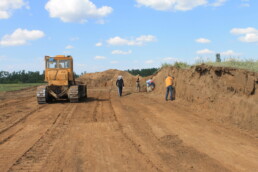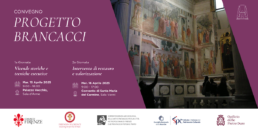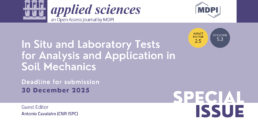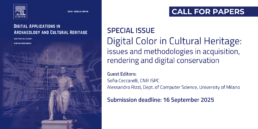The sacred landscape of the Saryarka region: genesis, typology, and semantics
Acronym: IAEK
Description
Saryarka is the region that extends around the country's capital Astana. A land rich in historical-archaeological monuments from different periods.
The primary aim of the Italian Archaeological mission in Kazakhstan is the analysis of the relationship between the evolution of the cultural landscape and the great ethnocultural processes happened in antiquity and during the medieval period. At the same time, the project analyses the cultural and religious value and the socio-political role that these monuments have had in relation to the diverse human groups that have occupied the Saryarka steppes from prehistory to the medieval period.
The activities planned for 2023 include the excavation of a Bronze Age settlement (2nd millennium BC) occupied by a large community of cattle-breeders, the excavation of an Iron Age burial mound (1st millennium BC) erected by a group of nomads of the Tasmola culture, an archaeological survey for the identification of tribal cemeteries composed of mausoleums and burials in mud bricks, and the analysis of the Kazakh nomadic population in the 17th and 18th centuries along the course of the Ishim river.
The project is carried out within the 5 years scientific cooperation between ISMEO and Akishev Institute of Archaeology of Astana.
Project information
- Funded by: MAECI, ISMEO (International Association of Mediterranean and East Studies), BI Group (Kazakh technical partner)
- Call: 2023
- Start date: 2018
- End date: 2027
- ISPC Scientific coordinator: Gian Luca Bonora
- Project Leader: ISMEO
- Partners:Akishev Institute of Archaeology, Gumilev Eurasian National University of Astana
